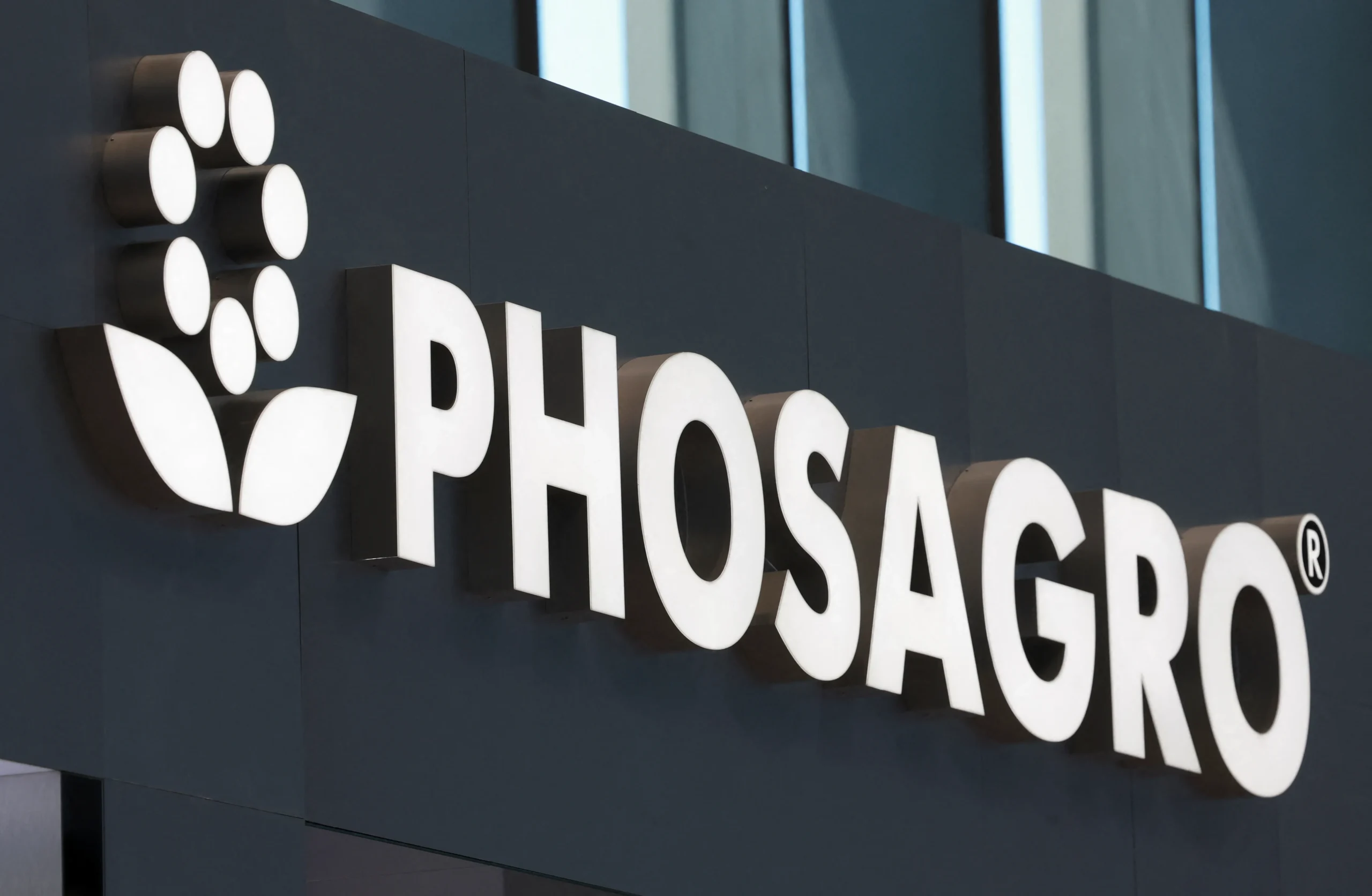
PhosAgro, UNESCO, and IUPAC Explore Future Collaboration at 2025 World Chemistry Congress
At the 50th-anniversary edition of the IUPAC 2025 World Chemistry Congress, held under the theme “Chemistry for a Sustainable Future,” leading scientific, governmental, and corporate figures gathered to reaffirm their commitment to global sustainability goals through science. Among the highlights was a high-level working group meeting between PhosAgro, UNESCO, and IUPAC, marking a decade and a half of impactful collaboration in the field of green chemistry.
This prestigious Congress, hosted in Kuala Lumpur, Malaysia, drew over 3,000 delegates from 95 countries. PhosAgro, a global leader in phosphate-based fertilizers and a long-time proponent of sustainable development, participated as the event’s general partner. Representatives from PhosAgro, UNESCO, and IUPAC (International Union of Pure and Applied Chemistry) used this opportunity to take stock of their long-standing partnership and chart a path forward for deepening their scientific cooperation.
At the center of the dialogue was the “Green Chemistry for Life” programme, a joint initiative launched in 2013 that has become a pillar in the promotion of sustainable chemical research globally. The programme provides research grants to young scientists working on environmentally friendly solutions to pressing global challenges, from clean energy and pollution reduction to food and water security.
According to Lidia Brito, UNESCO’s Assistant Director-General for Natural Sciences, the programme embodies a model of successful collaboration between international organizations, the scientific community, and the private sector. “Green chemistry has emerged as a critical tool for solving some of the most urgent environmental problems of our time,” she noted. “From reducing hazardous waste to promoting sustainable agricultural practices and clean energy, green chemistry offers viable, science-based pathways to a more resilient and equitable future.”
Brito emphasized the strategic value of continuing this trilateral cooperation and hinted at promising new initiatives under review. Among these are the expansion of the “Green Chemistry for Life” programme and the development of visionary projects like the Roving University—a proposed international platform for green technologies—and the establishment of regional academic networks to advance green chemistry education and innovation.
“These discussions are laying the foundation for what could become transformative additions to our global science education and sustainability infrastructure,” Brito said. “Science must serve the well-being of people and the planet. Our partnership with PhosAgro and IUPAC is a powerful demonstration of how united action can drive meaningful change.”
Professor Christopher Brett, Vice Chairman of the international scientific jury for the Green Chemistry for Life grant programme and a past president of IUPAC, echoed this sentiment. He described the programme as an essential catalyst for both scientific discovery and human capital development. “Over the years, we’ve witnessed the immense value of this initiative,” Brett said. “It has supported groundbreaking research, produced a wealth of publications in peer-reviewed journals, and opened doors for early-career scientists across the globe.”
Professor Brett stressed that green chemistry is not just a specialized academic pursuit but a practical necessity. “It’s a field of growing strategic importance. We must continue to promote it widely and ensure that the public understands its implications for sustainable living, cleaner technologies, and a healthier environment.”
PhosAgro’s First Deputy CEO, Siroj Loikov, highlighted the tangible impact of the programme. “In 2026, we will celebrate 15 years of collaborative work with UNESCO and IUPAC,” Loikov said. “Our shared efforts through Green Chemistry for Life have already transformed the professional paths of dozens of young scientists on every continent.”
Loikov outlined the programme’s impressive reach: more than 1,000 research proposals reviewed, with 55 grant recipients selected from 33 countries spanning Asia, Africa, Europe, the Middle East, and the Americas. “These grants enable the best scientific minds to pursue pioneering research in green chemistry,” he said. “It’s not just about recognition—it’s about empowering these researchers to develop technologies that will help build a safer, cleaner, and more sustainable world.”
He added that the programme’s growing prestige is reflected in the increasing number and quality of applications received annually. “This initiative has become a cornerstone of PhosAgro’s commitment to advancing global science and sustainability. It’s a model of how business can work hand-in-hand with science to serve humanity.”

Beyond the main discussions, the Congress also saw the signing of a new cooperation agreement between PhosAgro and the Malaysian Institute of Chemistry. The partnership aims to further promote basic sciences, expand digital education initiatives, and foster collaboration among young chemists across Asia, particularly between Russia and Malaysia.
Russia’s Ambassador to Malaysia, Nail Latypov, praised this new partnership as a testament to the growing scientific ties between the two countries. “Russia and Malaysia have a long history of cooperation in science and education,” he said. “PhosAgro plays a vital role in this relationship by supporting young scientists not only in Russia but worldwide. The Green Chemistry for Life programme is a clear example of how the private sector can contribute meaningfully to global scientific advancement.”
Latypov underlined that such initiatives do more than provide financial support—they also nurture global networks of innovation and knowledge exchange. “The youth supported by this programme are making real contributions to global green chemistry research. They are laying the foundation for future breakthroughs that will benefit communities across the globe.”
Dr. Soon Ting Kueh, President of the Malaysian Institute of Chemistry and Chairman of the IUPAC 2025 National Organizing Committee, reinforced the urgency of the initiative in the context of today’s global crises. “We are facing a convergence of challenges—climate change, food insecurity, public health emergencies. Green chemistry offers solutions that are both practical and sustainable,” he said.
Dr. Kueh emphasized the need to continue investing in young scientists, especially those from developing countries. “By giving them access to resources, mentorship, and international platforms like this, we are investing in the future of sustainable human development.”
The meeting in Kuala Lumpur demonstrated how a shared vision among UNESCO, IUPAC, and PhosAgro has evolved into a robust international platform for promoting sustainability through science. As discussions continue around new initiatives and the continuation of existing ones, the Green Chemistry for Life programme stands as a beacon of hope—showing how global collaboration can help build a better, more sustainable future for all.





